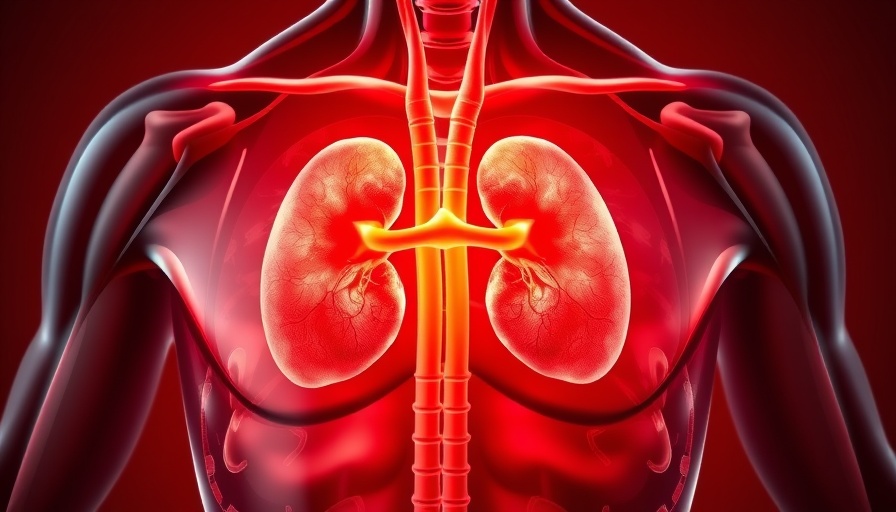
Understanding the Expansion of Faculty Qualifications in Medical Education
The National Medical Commission (NMC) has recently made significant changes that could reshape the landscape of medical education in India. In a move to enhance the quality of instruction, the NMC now allows 30 percent of faculty positions in five key departments—Anatomy, Biochemistry, Physiology, Pharmacology, and Microbiology—to be filled by holders of Medical MSc and PhD degrees. This marks a pivotal shift, especially after the previous restrictions that limited non-medical faculty to just 15% in these disciplines.
Historical Context of Faculty Appointments
This change comes as a response to earlier regulations set in 2020 that were seen as too restrictive, stifling the inclusion of qualified, non-Medic graduates who bring valuable research and teaching skills to the table. Departments like Microbiology and Pharmacology were previously capped at 0% for non-MBBS faculty, drastically limiting the potential for interdisciplinary collaboration. By restoring the non-medical faculty appointments to 30%, the NMC acknowledges the contributions that specialists in these fields can offer.
Value of this New Regulation for Medical Institutions
With this adjustment, institutions can benefit from a more diverse teaching faculty, leading to enriched learning experiences for medical students. Experts with advanced degrees in specific medical fields possess unique insights that can bridge the gap between theoretical knowledge and practical application. This is particularly relevant in modern medical education, where interdisciplinary approaches are increasingly valued.
Future Trends in Medical Education
As the landscape of healthcare continues to evolve, so does the need for adaptable education frameworks. Allowing a broader range of qualifications in teaching positions could foster innovation in medical curricula, potentially integrating critical contemporary topics like telemedicine into the foundation of medical training. With the rise of digital health solutions, teachers who specialize in emerging fields can provide current and relevant knowledge, preparing students for the healthcare challenges of the future.
Connecting the Dots: Faculty Diversity in Medical Education
This development empowers educational institutions to diversify their faculty roster, facilitating a blend of traditional medical training with cutting-edge research. This not only enhances the academic environment but also strengthens community ties as instructors can draw from a diverse pool of experiences and expertise. By incorporating these changes, the NMC is paving the way for a more inclusive and enriched educational system that will benefit nationwide healthcare.
As we reflect on these changes in medical education, it’s essential for future healthcare professionals and educators to embrace the opportunities that come with diverse faculty qualifications. The incorporation of specialized knowledge can empower students, fostering a generation of medical providers who are as skilled in compassion as they are in clinical expertise.
 Add Row
Add Row  Add
Add 




 Add Row
Add Row  Add
Add 

Write A Comment